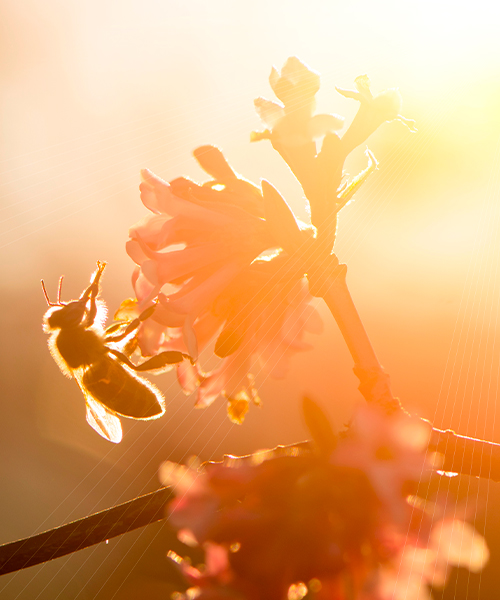An ecosystem regulating service is understood as the ecological processes that improve or make life possible such as climate regulation, air quality or water cycle quality, pollination, or control of floods, soil erosion, and diseases.
Among the benefits that we can obtain from ecosystem services are also non-material benefits, more related to spiritual well-being or enrichment, since nature also contributes to the construction of cultural identity, as a source of artistic inspiration or engineering works, for aesthetic enjoyment, or as a space for recreation.
Some environmental services, such as provisioning, are easier to quantify than others, to which it is more complicated to apply a concrete value.






